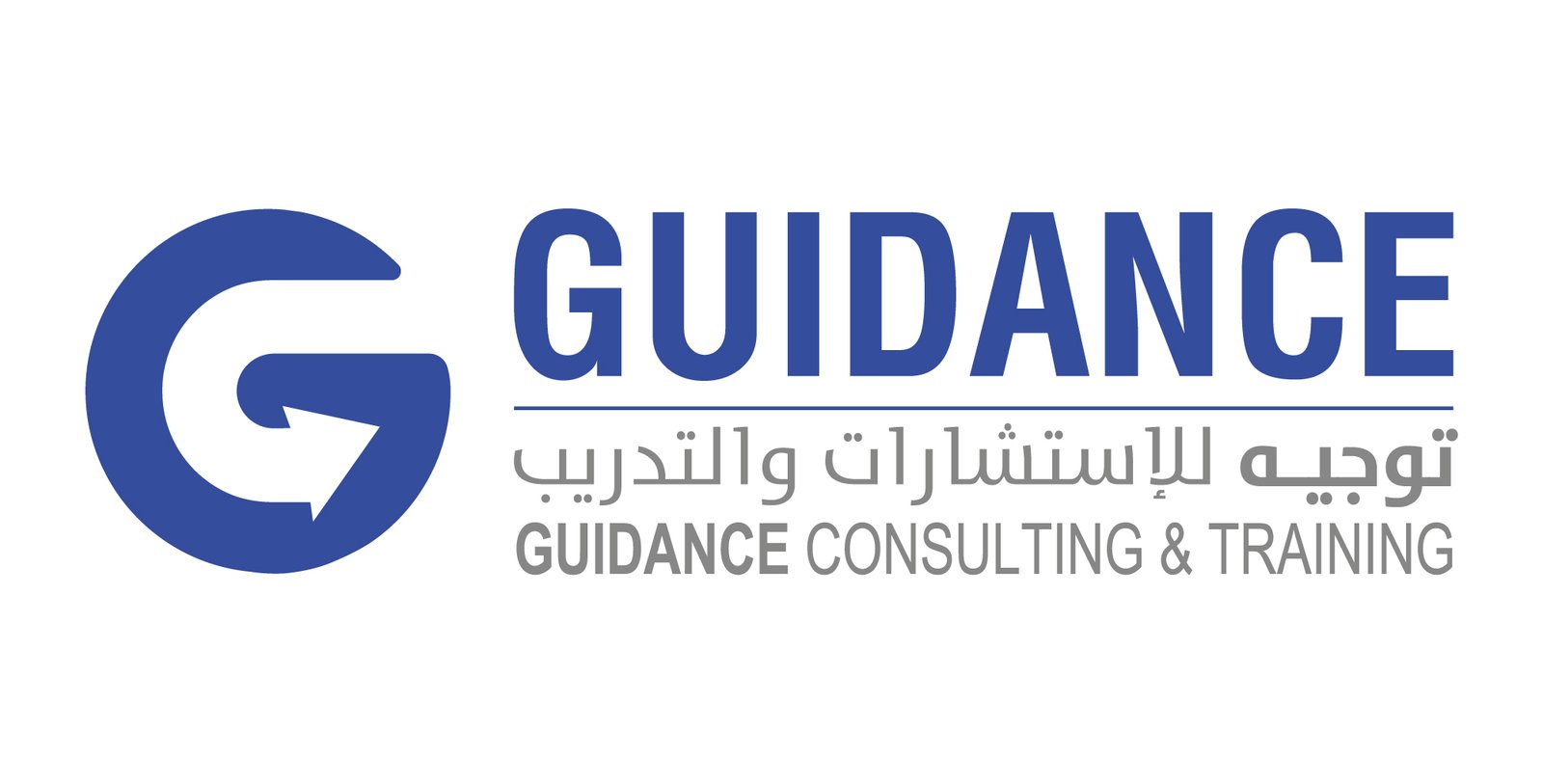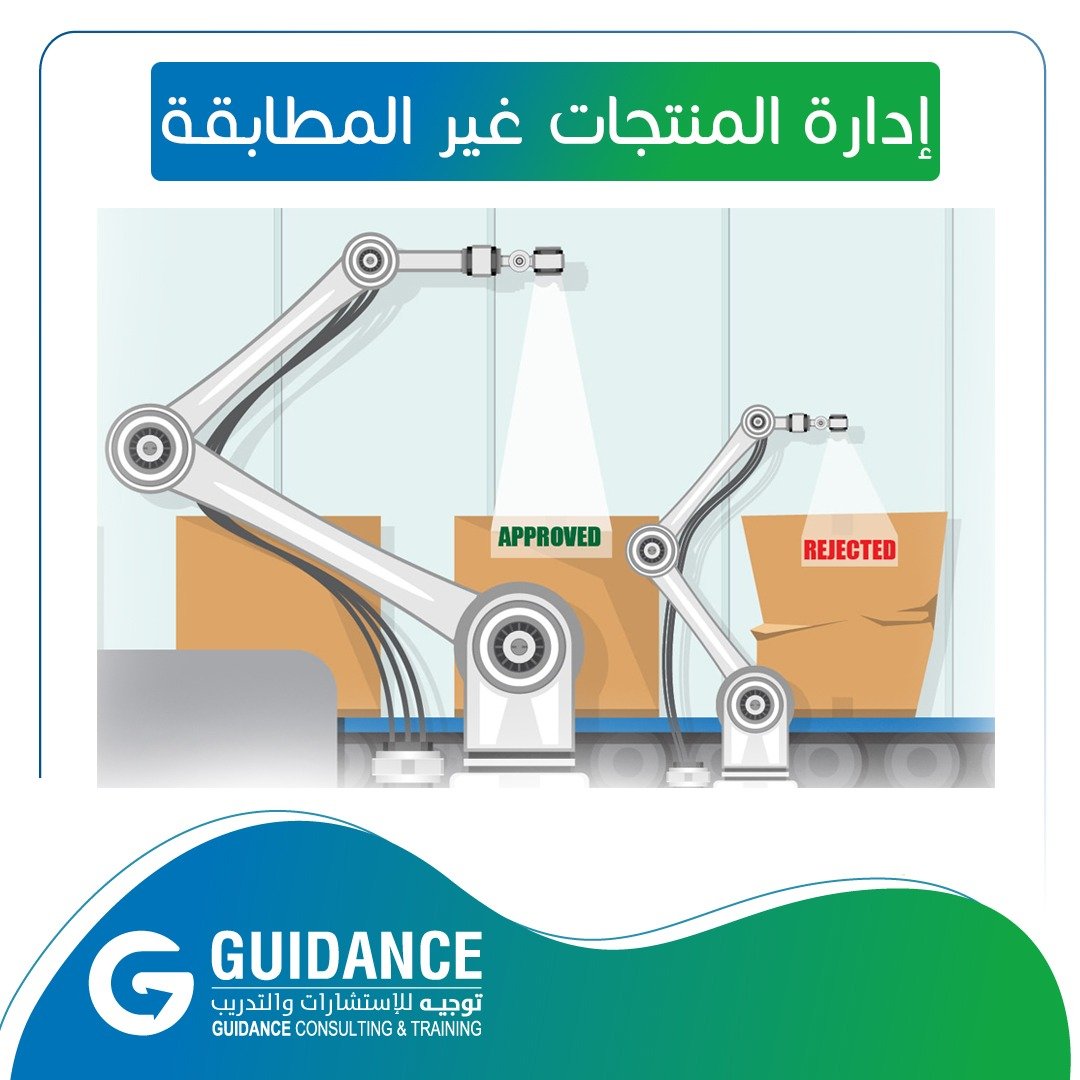Non-conforming Products Management
Non-conforming products do not meet the mandatory requirements of the Standardization and Quality Authority, pose a real threat to consumer safety, and include various sectors. The percentage of non-conforming products in the Saudi market reaches 33.21%.
Product Conformity
A procedure that proves the product’s conformity to technical regulations through a certificate issued electronically to the local or imported factory after ensuring that the product meets the technical requirements.
Non-conforming products are one of the obstacles to continuous improvement in any Saudi facility that wants to progress and develop, so there must be a procedure to manage non-conforming products in your organization, which is what Guidance Consulting and Training provides,
Non-conforming Products Management Procedures:
- Setting clear guidelines for what is known as a non-conforming product.
- Details on how to train employees to identify a non-conforming product and how they should report it.
- Procedures for identifying and labeling the product.
- How the product is kept during storage to prevent its use or release by mistake.
- Taking corrective action.
- The required procedure to allow the product assessment.
- How the product should be held while the investigation is complete.
- Recording the investigation and conclusion.
- Who is responsible for making the final decision on what to do with the product?
- How the decision should be recorded.
- Recording the name of the person authorized to make the decision and the date.
- Confirming what happened to the product, including confirmation of disposal where necessary.
- Destruction/culling records where the product was destroyed for product safety reasons.
- Referral and approval from the brand owner where applicable (when manufacturing a product that belongs to a brand other than ours).
- Where subcontractors are used to carry out part or all of the product processing process, the requirements should be set out in the contract agreements and verified through the supplier accreditation program.
Storage conditions:
- Refrigerated or frozen products should be kept in the appropriate temperature-controlled area while the problems are investigated.
- Contaminated products should be kept in an area where there is no risk of contaminating other products.
Preventing accidental use:
The product should be physically isolated by moving it to a designated area and marked so it can’t be confused with a good product.
Utilizing electronic inventory systems “electronically marking the product as reserved” is also acceptable.
Decision Maker:
Personnel are ultimately responsible for deciding what happens to non-conforming products and should be experienced and technically competent.
Only a limited number of individuals should be authorized to lift the hold or remove the product from the hold area.
Product Testing Result:
All non-conforming products should be handled and disposed of according to the nature of the problem. Unsafe products should be disposed of safely following legal or customer requirements and not allowed to enter the market.
After assessment and investigation, the decision maker will decide what to do with the product, which could be:
- Reject and dispose of it
- Accept the product
- Re-operate it
- Order to use an alternative or another
- Sell it as a second-class product
Product Returns:
The return of the product to the company/factory should be managed through a procedure that defines processes and responsibilities.
Preventive Action:
Root cause analysis should be used to determine preventive actions to avoid recurrence when an unsafe and non-conforming product is identified or a non-conforming product occurrence is repeated.
The following actions are recommended:
- Consumer awareness: Instruct consumers on how to verify that products conform to specifications.
- Tightening control: Strengthening market control and monitoring of products.
- Developing regulations and standards: Updating standards and regulations to ensure product quality.
- Encouraging innovation and quality: Supporting companies in developing products that meet specifications.
- Tougher sanctions: Imposing deterrent penalties on non-conforming products.
These measures contribute to improving product quality and ensuring consumer safety.
Records:
- A record of non-conforming and seized products must be kept and this record must be routinely checked against the product held in stock, to ensure that it is present and correct.
- Records of non-conforming and seized products include details of the quantity of the product, tracking codes or codes (batch number), and the reason for the product’s non-conformity.
- The final decision on what to do with the product.
- Name of the person authorized to make the decision and its date.
- Confirmation of what happened to the product, including evidence of disposal where product safety is at risk.
Guidance for consultation and training
We have the knowledge and experience to qualify institutions and individuals to comply with the requirements of the Saudi Standards, Quality and Environment Organization, the Saudi Food and Drug Authority, and other entities that impose legal and mandatory requirements in the Saudi market to achieve quality and the Kingdom’s Vision 2030.
To qualify your facility, train its personnel and fulfill the required documents to implement the quality and ISO systems.


